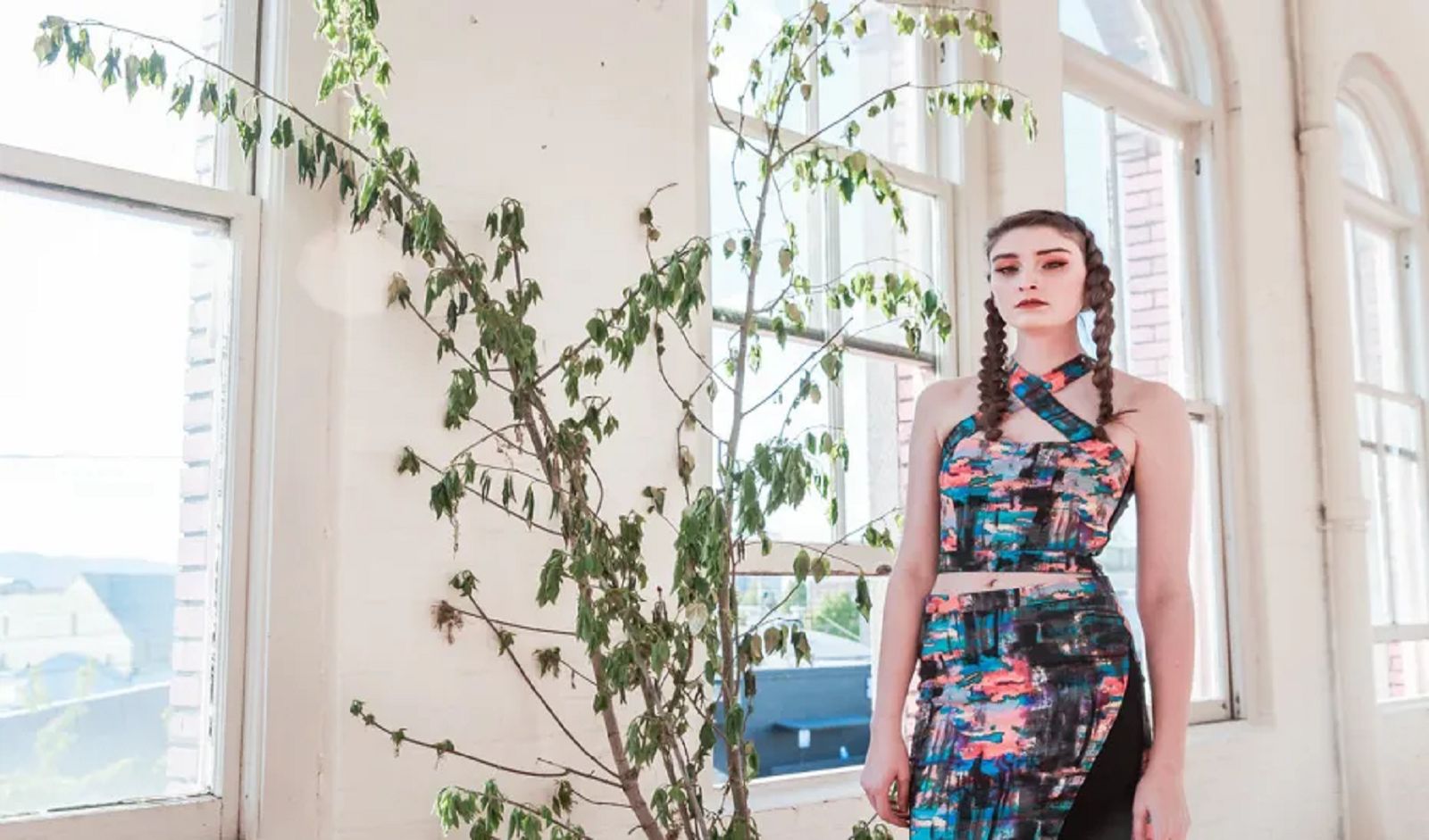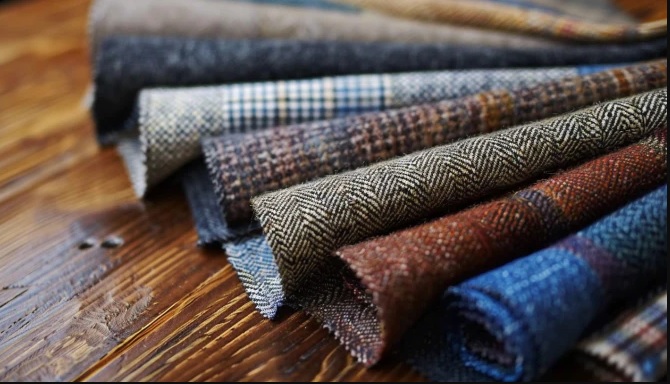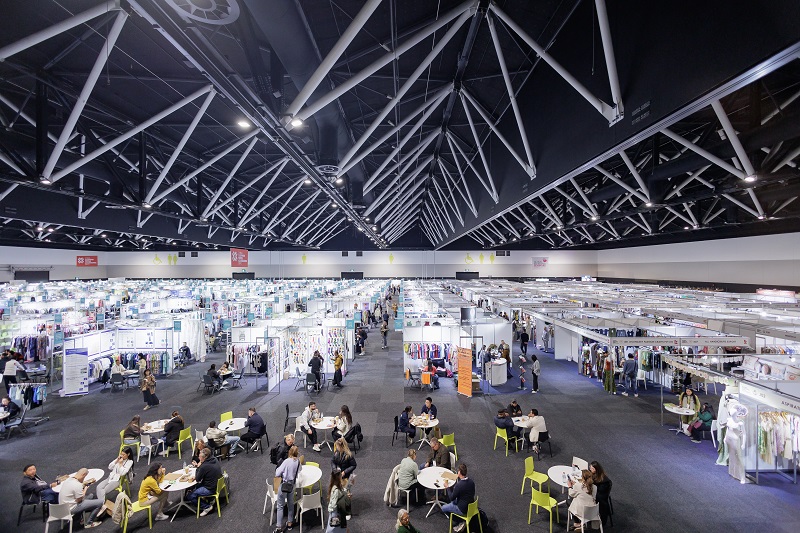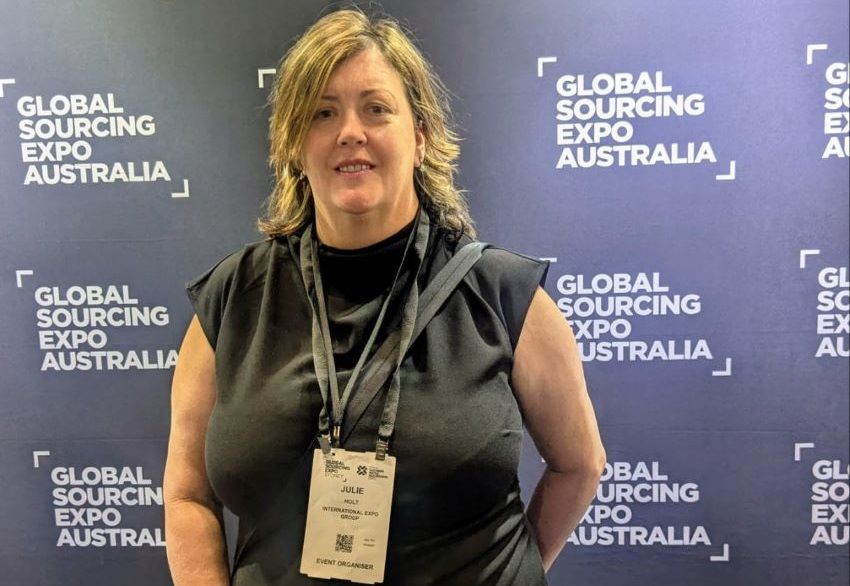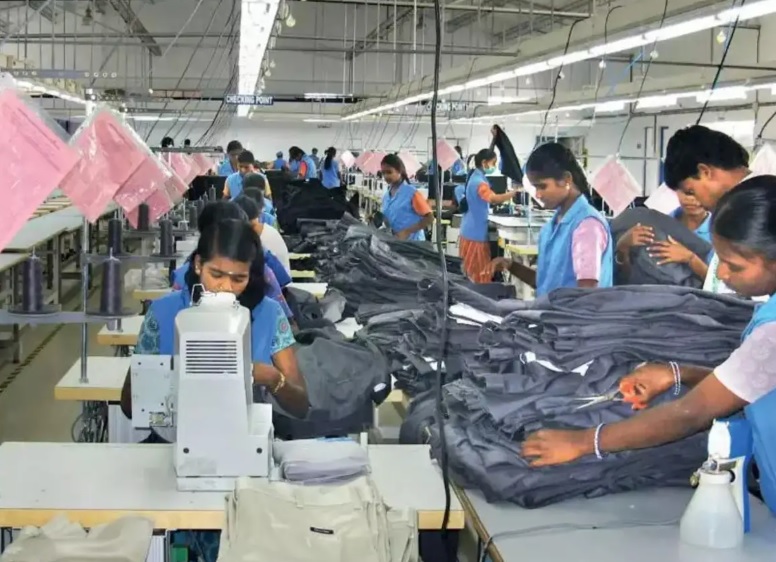FW
Alliance is facing difficulties with its inspection work in Bangladesh. There are few engineers in Bangladesh with the expertise required to support remediation. There are no manufacturers of fire doors, sprinklers or other fire protection equipment in Bangladesh. All the equipment must be imported. There is a limited availability of key goods and services. Building regulations are poorly enforced. Counterfeit or substandard equipment has also created fresh challenges for many factories. Political unrest made normal operations difficult and aftershocks of the Nepal earthquake also affected many factories.
The Alliance for Bangladesh Worker Safety is a North American retailers’ platform. It’s committed to developing a sustainable garment industry in Bangladesh. Alliance has identified unauthorised subcontracting as an ongoing problem in Bangladesh’s garment sector. It’s working with member companies for eliminating unauthorised subcontracting, which is preventing the establishment of a truly safe and transparent industry.
The platform is endeavoring to ensure that the garment sector remains an enduring source of economic security and upward mobility for millions of Bangladeshi workers and their families. It is piloting an escalation process, which includes a roundtable meeting with factory representatives. It has threatened to declare factories as non-compliant if they failed to complete remediation within the time frame.
www.bangladeshworkersafety.org/
Production of cotton in Syria has been hijacked by Islamic militants. After seizing oil and grain fields to fund their offensive, jihadis have also taken control of three-quarters of the production of cotton in Syria. The key concern is that Syrian cotton tainted with militant blood could make its way to international markets via Turkish wholesalers. IS-controlled parts of Syria are located close to Turkey, a huge supplier of clothing and fabric to the EU.
Syrian cotton is an issue at top fashion houses of Paris. Buyers of haute couture collections at top labels have become vigilant over the origin of their fabrics. IS has until recently been sending to Turkey raw cotton grown in the Raqqa and Deir ez-Zor regions that account for a third of Syrian output. But Turkey has now officially refused to accept this cotton.
The conflict in Syria has led to a drop in cotton production. If before the war Syria was producing around 6,00,000 ton per year, it has dropped to 70,000, of which 3000 is officially exported. IS militants have begun to sell the raw fibre to intermediaries who transport it to processing centers located in areas under the control of Syrian President Bashar al-Assad's regime. Processing and export of cotton has long been a state monopoly in Syria.
Sheikh Asghar Ali has been chosen chairman of the Pakistan Textile Exporters Association (PTEA). He is a seasoned industrialist and heads a group of modern textile units. He is on the board of charitable, health and educational institutions. Ali has already served PTEA in the same capacity in 2012-13.
PTEA is a facilitator for Pakistan’s textile sector. It protects the genuine rights of members while acting as a bridge between industry and government and other supportive quarters. Presently, Pakistan’s textile industry is in the grip of an unprecedented crisis. Capacity has been severely impaired. Textile exports, both in quantity and value terms, have declined across the value chain. Industrial productivity is low. Rival countries have gained markets that have traditionally been held by Pakistan’s textile exporters.
Ali’s priority would be to attain viability in international markets. PTEA under his leadership would provide policymakers with well-researched recommendations for the development of the textile sector. Prudent policies are needed. Asghar Ali thinks it is time to do away with all wasteful expenditures and adopt austerity without compromising on growth. He has asked his fellow businessmen to improve their human resources that would ultimately increase their efficiency and prepare them to survive in difficult times.
www.ptea.org.pk/
More than 150 garment and fabric manufacturers from over 12 countries, spanning all across the UK, Europe and Mediterranean, are expected to take part in the fifth edition of Fashion SVP. These manufactures belong to the cluster, which produce for brands such as ASOS, Inditex, Phase Eight, French Connection, Coas and Karen Miller. Besides manufacturers, the event will witness the participation of designers, boutique owners and big retailers.
The manufacturers dealing in various categories and segments, ranging from casual and formal knits to woven jerseys and fabrics will make their presence felt. The platform will also provide an opportunity to established sourcing professionals and small brands and labels alike to discuss their work and strategies.
Also, visitors are expected to benefit a lot with the event since they will have a chance to see the garments and fabrics produced by the prominent players in the industry. Moreover, they will have an opportunity to interact with big names from the industry on production and fabrics sourcing.
The event will see hosts of workshops and seminars being organised by participants providing useful information on industry dynamics, knowhow and expertise. Various groups from Portugal, Romania and Turkey are expected to take part in the event.
Knit Show 2015, India's biggest garment accessory and process show featuring a gamut of products and services in the textile and garment took place in Tirupur recently. This year’s edition witnessed a considerable rise in both – exhibitors and visitors. The show successfully provided a platform for manufacturers and buyers to network and source quality accessories, machinery and other inputs.
The 14th edition of Knit Show saw innovations in accessories and machineries on display that play a vital role in enhancing the quality of the knit/woven garments. The show attracted a large number of visitors from Tirupur as well as neighboring textile centers like Coimbatore, Karur, Erode, Salem, Madurai, Chennai, Bangalore and Hyderabad.
The 400 exhibitors included participants from Germany, Portugal, Poland, Japan and China apart from the manufacturers within the country. Some of the attractions were latest versions of automatic screen printing, knitting and embroidery machines, eco-friendly microbial control and protection compounds for natural and synthetic textiles as well as fibres, printing waste water treatment systems for small and medium enterprises, zips and fasteners and fabric printing inks.
www.knitshow.in
All is not well with Bangladesh’s garment manufacturing sector. Still struggling to recover from the loss caused by a month-long political unrest and euro devaluation, stakeholders are in a fix again, thanks to the rise in power and gas tariffs. This has pushed up the cost of production and result and reduced margins for them. They say it will have a negative impact on their competitiveness in the global market.
Abdus Salam Murshedy, President of Exporters Association says prices of power and gas have gone up by 2.93 per cent and 26.29 per cent respectively. It will result in a high cost of manufacturing and this, in turn, will add to declining export earnings that already prevail in the sector. The situation is going to be worse now.
Concerned over the ongoing crisis, Dhaka Chamber of Commerce and Industry (DCCI) stated that apart from manufacturing, FDI inflow the country will also bear the brunt with a rise, owing to the fact that foreign investors avoid investing in a market facing utility crisis. It may be noted that the textile and garment sector in Bangladesh is the biggest user of power and gas.
Despite the Narendra Modi-led NDA government asking Indian companies to focus on manufacturing within the country under the ‘Make in India’ program, many are investing in Ethiopia and Africa to set up units there. Reason: Ethiopian government is offering attractive incentives to woo foreign investors, such as land on decades-long lease, cheap power and duty-free exports to key markets like the US and Europe.
For example, leading fabric and clothing company Raymond has plans to pump in $100 million over the next two-three years for a garmenting unit in Awasa, a lake-side city, which will be one of its largest facilities. According to the company, labour costs in Ethiopia are 50 per cent less against India and power tariffs are almost one-third.
Textile and apparel conglomerate, Arvind, aims to build a six-million-pieces garment plant in Ethiopia because of the long-term lease for factories that the Ethiopian government offers and single-window clearance for industrial projects. Even Kanoria Textiles is setting up a project in the country, again because of the low-costs of labour and power.
With global brands shifting their attention to African countries for their sourcing requirements, and Africa being a major cotton producer is one of the few places in the world, garment makers can establish the entire supply chain from fiber to factory in one location.

Elaborating on the issues faced by the industry, Darlie Koshy, Director General and CEO of Apparel Training and Design Center (ATDC) says, “We have been focusing on only certain aspects of the skill sector. We need a 360 degree understanding of skills such as how the hand-eye coordination takes place, how your movements can be controlled. India should hold more regional and local competitions to prepare herself for the global competition.”
Emphasis on training to face competition
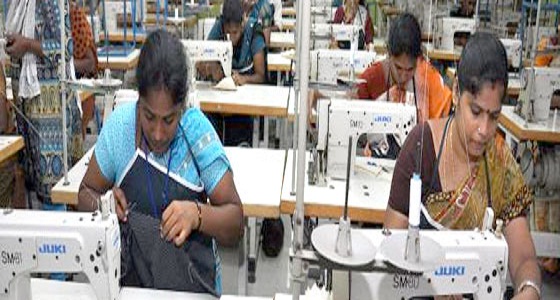
Koshy has just come back from the 43rd ‘World Skill Meet’ in Sao Paolo. It was started in 1949 by a group of European countries like Spain, Germany, Finland, and UK. 50 skills sets under five different sectors are tested during the competition. Fashion and creative industry is one among them. This is where 25 Indian participants competed across 25 segments such as beauty, jewellery, welding and IT solutions.
“In four days, several batches of students were brought in from countries like Brazil. They were given required tools in a systematic manner. By the end of the fourth day almost a lakh of students visited the exhibition. This shows that these countries are training their entire young workforce to understand the nuances of different skills. They are equipping their students. But our students are weak in understanding the skill and its complexities. We need to prepare young children just as these countries are doing to understand the value of skill. The world is going to compete on skill and technology and move ahead. Branding is very tough for us but we can at least master skills and technology,” avers Koshy.
This was the third time Indian participants were part of the competition, while Korea became a member in 1978. “Till 1985, Korea was not considered as a country that produced quality products,” states Koshy, adding, “In the mid-1980’s they started working on designs and a high level of skills. Since 1978, Korea has won 18 international gold medals in different fields. Today, 90 per cent of the population is covered by vocational training.”
In 2017, Abu Dhabi is going to host the ‘World Skills Meet’ and in 2021 it’s going to be Canada. “India should bring the meet here. India will become 75 years old in 2024. We have two stages of development. One is 2015 to 2025. Another is 2025 to 2035. In this decade people who are in high schools and colleges are maturing. We should be able to hold the ‘World Skills Meet’ in 2023 with the current efforts put in by the government. The stage and environment will be set for thousands of students to be the part of this platform. But we need to showcase skills the way the young generation wants to understand them. We need to break taboos,” he exclaims.
Advance training programmes for the youth
Koshy says, young generation doesn’t want to enter the textiles business because of the messy manner it has been handled. “There are a lot of variables in the textile business that the younger generation doesn’t have the patience to manage. One can make good money. There are enough skills to be learnt. There is the thrill of working with a new design. In other trades you are just packing something every day. It’s monotonous. Fashion is never monotonous,” he explains.
Koshy has been a part of the fashion industry for many years. “I learn new things every day. Change is the key motivator to keep you alive. Today’s tech-savvy generation needs to be introduced to new tools or gadgets to make textile or fashion industry exciting,” he asserts.
Apparel Training and Design Center (ATDC) has 200 centres across India and runs one campus of the Institute of Apparel Management (IAM).
www.atdcindia.co.in
The ITMA exhibition for textile and machinery, taking place in November 12-19, 2015, in Milan, will see Swiss Oerlikon Group presenting its Manmade Fibres this year. André Wissenberg, Head, Marketing (Corporate Communications and Public Affairs), Oerlikon has said, though the market is tough and increasingly becoming difficult for business, they will continue with their thrust to introduce new products and innovations. The group is entering into a partnership with Chinese firm Huitong to expand its base in polycondensation business, apart from eyeing consolidation in its offering of manmade fibre spinning systems solutions.
Wissenberg maintained they are holding superiority in the global market in the area of fibre spinning system for polyester, nylon and polypropylene when it comes to expertise and capability to manufacture and introduce them. The maxim they follow is ‘From melt to yarn, fibres and nonwovens is our maxim.
’ Besides, the group is expected to display experiments and improvements made in filament spinning and texturing, monofilaments and FDY sections also. The head of marketing said that innovations are in line with the group’s philosophy aimed at increasing the element of sustainability in products. Oerlikon, with its two brands Oerlikon Barmag and Oerlikon Neumag will also review the success of past developments in the exhibition.
Following representation from industry association, the 5 per cent value-added tax (VAT) on narrow fabrics manufactured in Gujarat, may soon go. This would most likely be in the man-made fabric (MMF) hub of Surat.
During a meeting at Gandhinagar with Saurabh Patel, Minister of State for Finance, the decision was conveyed to the industry through Jitu Vakharia, President, South Gujarat Textile Processors Association (SGTPA). During the State Budget in February, 2015 the Gujarat government had imposed 5 per cent VAT on narrow fabrics.
There are about 300 small and big manufacturers of narrow fabrics in Surat itself. Surat and Ahmedabad are the two big centres for arrow fabrics in the state. Around Rs 150 crores worth of narrow fabrics is supplied to various garment manufacturing hubs across the country per year, according to estimates.
The fabrics are used in orthopedical industries, car industries, apparel industries, orthopedical industries, electronic industries, and several others. Vakharia stated that these fabrics in other states had not VAT and it was applicable to fabrics manufactured in Gujarat. He added that the industry as concerned that Gujarat manufacturers would lose their business because of the tax and the SGTPA had made representation to the state government to abolish it, he added.


